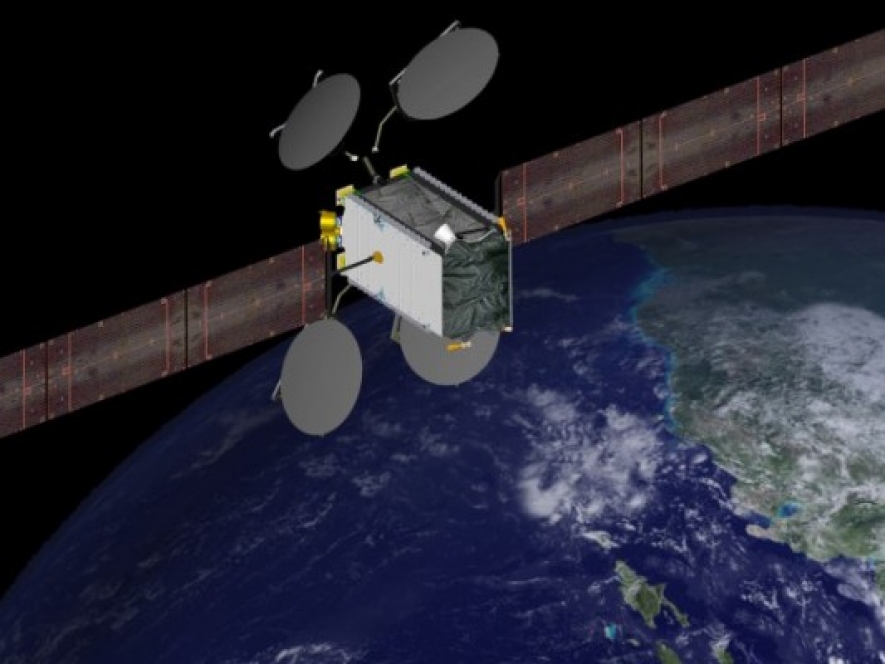It is these mass and weight reductions that allows two of the satellites to be launched together on most commercial launch systems, which Boeing says results in cost savings of up to 20 percent when compared with existing launch options. The units paired in Boeing’s satellite stack are the ABS-3A (Asia Broadcast Satellite-3A) and Eutelsat 115 West B. The former will be positioned at 3° W and cover the Americas, Europe, Africa and the Middle East, supporting VSAT (very small aperture terminal) services, TV distribution, IP trunking, cellular backhaul and maritime services. Meanwhile, Eutelsat 115 West B will be positioned at 114.9° W and serve video, data, mobility and government markets in the Americas, while also offering coverage of the Galapagos and Easter Islands.
Boeing has successfully joined two of its 702SP satellites in a stacked configuration in preparation for a launch scheduled for early 2015. Aside from being the first involving conjoined satellites, the launch will also put the first satellites to enter service boasting an all-electric propulsion system into orbit. Designed by Boeing Network & Space Systems and its defense and security advanced prototyping arm, Phantom Works, the 702SP (small platform) satellites are an evolution of the company’s 702 satellite. Operating in the low- to mid-power ranges of 3 to 9 kW, instead of chemical propulsion, the satellites boast an all-electric propulsion system that Boeing says minimizes the mass of the spacecraft and maximizes payload capacity.



















